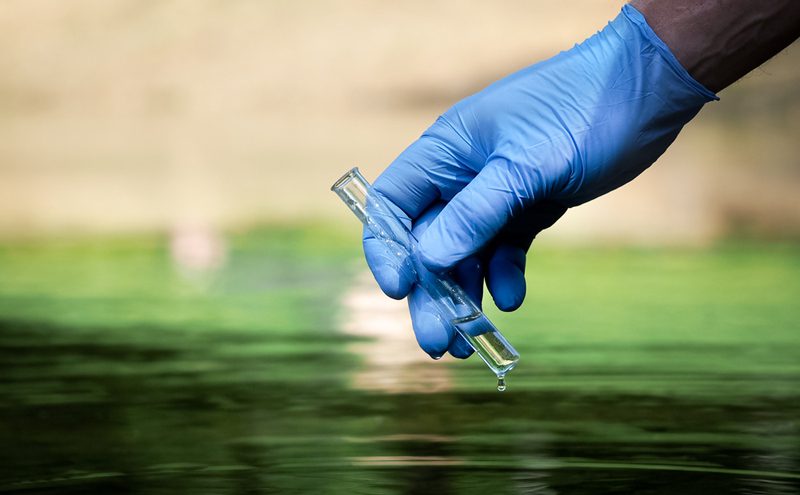
Pharmaceutical drugs are present in rivers and waterways around the world, at levels that present a danger to wildlife, and which are continuing to increase at levels that should cause concern. These were the findings of a study presented by a researcher at the IHE Delft Institute for Water Education in the Netherlands, at the European Geosciences Union conference in Vienna, in early April.
These compounds include things like antibiotics, psychiatric drugs, antidepressants, analgesics and the like.
Researcher Francesco Bregoli presented findings derived from a computer model able to predict current and future dilution levels of pharmaceuticals in freshwater ecosystems, like rivers and lakes. The model was applied to the case of diclofenac, a common anti-inflammatory drug used to reduce pain. The research showed that if no mitigation action is taken, the environmental threat it presents will increase by 65% by 2050.
Pharmaceutical drugs are widely used across the world, and following consumption, they are released into the environment, where some of this waste finds its way into freshwater ecosystems. Some of these compounds are already listed amongst the contaminants of growing concern earmarked by organizations such as the European Union and the US Environmental Protection Agency.
Bregoli said: “With this model, we are able to predict current and future dilution of pharmaceuticals in freshwater ecosystems, taking into account scenarios of climate change and population growth”.
Human and veterinary uses of pharmaceuticals lead to high concentration of these compounds in wastewater, which is often not sufficiently collected and treated in wastewater treatment plants, thus pouring into rivers and lakes. Bregoli’s team’s model identified hotspots of highly concentrated pharmaceuticals in these waters. The model used data from 1,400 spot measurements of diclofenac toxicity, taken mostly from Europe and North America, according to The Guardian.
From these results, they inferred that levels of this compound were likely to be much higher in waterways in Latin America, Asia and Africa, where wastewater treatment tends to be the exception rather than the rule.
The team was also able to generalise the model to other pharmaceutical compounds.
The EU Water Framework Directive lists diclofenac as one of the threatening compounds that needs to be monitored.
The solution? Commenting in The Guardian, Bregoli suggested technology would not be enough, but that there needs to be “a substantial reduction in consumption”.







